
Designing for the Hybrid Workforce & Adapting Office Spaces
by zhoosh_admin | June 30, 2023
Following the Covid-19 pandemic, employees and employers are adapting to this new working landscape, balancing working from home and the office. This hybrid working environment has given rise to the need for office spaces that can accommodate remote and in-office employees.
In this blog, we will explore key considerations and strategies for designing for the hybrid workforce, discussing how to create spaces that foster collaboration, creativity, and productivity in this dynamic working model. Join us as we delve into the evolving world of office design and unlock the potential of the hybrid work environment.
Understanding the Hybrid Workplace
Understanding why employees across the globe are campaigning for hybrid employment is important, as businesses need to take their needs into consideration. The concept of a hybrid workforce has gained momentum in recent years, as it refers to a model where employees can work remotely and in the office. This arrangement brings numerous benefits for both employees and organisations. It provides employees with a better work-life balance, reduces commuting time and costs, and allows for a more personalised work environment.
On the other hand, organisations benefit from increased employee satisfaction, improved productivity, and access to a wider talent pool. However, balancing remote and in-office work poses challenges for organisations, including maintaining effective communication, ensuring equal opportunities for remote and in-office employees, and fostering a cohesive company culture. Adaptive office spaces that support collaboration, productivity, and employee well-being are crucial to overcoming these challenges.
Such spaces should be designed to facilitate seamless integration between remote and in-office teams, promote creativity and innovation, and provide amenities catering to employees' diverse needs. By embracing the hybrid workforce and creating adaptable workspaces, businesses can harness the full potential of this evolving work model and create an environment where employees thrive.
Adaptable Areas for Your Organisation
Adaptability is a shortfall in offices that seems to improve in recent years. Flexible and multi-purpose workspaces have become essential in accommodating employees' evolving needs and preferences in this hybrid working era. The concept of flexible workspaces has gained significant traction, recognising the importance of providing a variety of work areas to cater to diverse work styles.
From open collaboration spaces that foster creativity and teamwork to private offices for focused work and even quiet zones for those seeking solitude, these spaces offer options for individuals to thrive in their own unique ways. This adaptability is made possible through the clever use of modular furniture, movable partitions, and flexible layouts, allowing for quick and effortless transformations of the workspace based on the changing needs of employees.
Creating flexible workspaces is the key to promoting productivity, collaboration, and employee satisfaction in this dynamic and ever-evolving work environment.
Integrating Technology with Your Business
Technology is another crucial element that makes the hybrid workplace more effective and efficient in daily operations. Whether you've got overseas colleagues or business partners, integrating technology seamlessly into your business is essential. In today's digital age, reliable and efficient communication tools, video conferencing systems, and collaborative platforms are pivotal in supporting the hybrid workforce.
These technologies bridge the physical gap between remote and in-office employees, enabling them to connect and collaborate effortlessly. By embracing virtual meeting functionality and other innovative solutions, businesses can enhance productivity, foster effective communication, and streamline workflows across geographical boundaries.
Integrating technology into the office environment empowers teams to work together seamlessly and promotes a sense of unity and cohesion among employees, regardless of their location. Ultimately, embracing technology enables businesses to unlock the full potential of their hybrid workforce and stay ahead in an ever-evolving global marketplace.
Socialisation and Collaboration
Collaboration makes a workplace great, but in the ever-evolving landscape of the hybrid workforce, it's crucial to prioritise employee well-being and enhance collaboration and social interaction. The impact of this new work dynamic on employee well-being and work-life balance cannot be underestimated. Organisations are reimagining their office spaces to address these challenges with strategies that promote physical and mental health.
Designing offices with ample natural light, ergonomic furniture, and designated wellness areas can significantly contribute to employee well-being. Furthermore, embracing the concept of activity-based working can bring numerous benefits, allowing employees to choose spaces that best suit their needs and work styles. Creating shared spaces like cafeterias, lounges, and breakout areas encourages informal interactions and strengthens team dynamics.
Moreover, incorporating team-building activities and events is essential in fostering a sense of community among remote and in-office employees. Organisations can create a thriving work environment that empowers their hybrid teams by prioritising employee well-being, enhancing collaboration, and promoting social interaction.
Conclusion
Covid-19 stirred many things up in our lives, but our work lives have become more flexible. As the hybrid workforce continues to evolve, it is crucial to recognise the importance of designing office spaces that cater to their unique needs. Adaptable and sustainable design principles are key to creating productive, inclusive, and employee-centric work environments.
By embracing these principles, organisations can support the changing nature of work and foster a sense of well-being, collaboration, and innovation. The future of work is hybrid, and the future of office spaces lies in their ability to adapt and cater to the workforce's diverse needs.
FAQs
What are some examples of adaptable areas in an office space?
Examples of adaptable areas in an office space include open collaboration spaces, private offices for focused work, quiet zones for solitude, and flexible layouts that can be transformed based on employees' changing needs.
How can office design contribute to employee well-being in a hybrid work model?
Examples of adaptable areas in an office space include open collaboration spaces, private offices for focused work, quiet zones for solitude, and flexible layouts that can be transformed based on employees' changing needs.
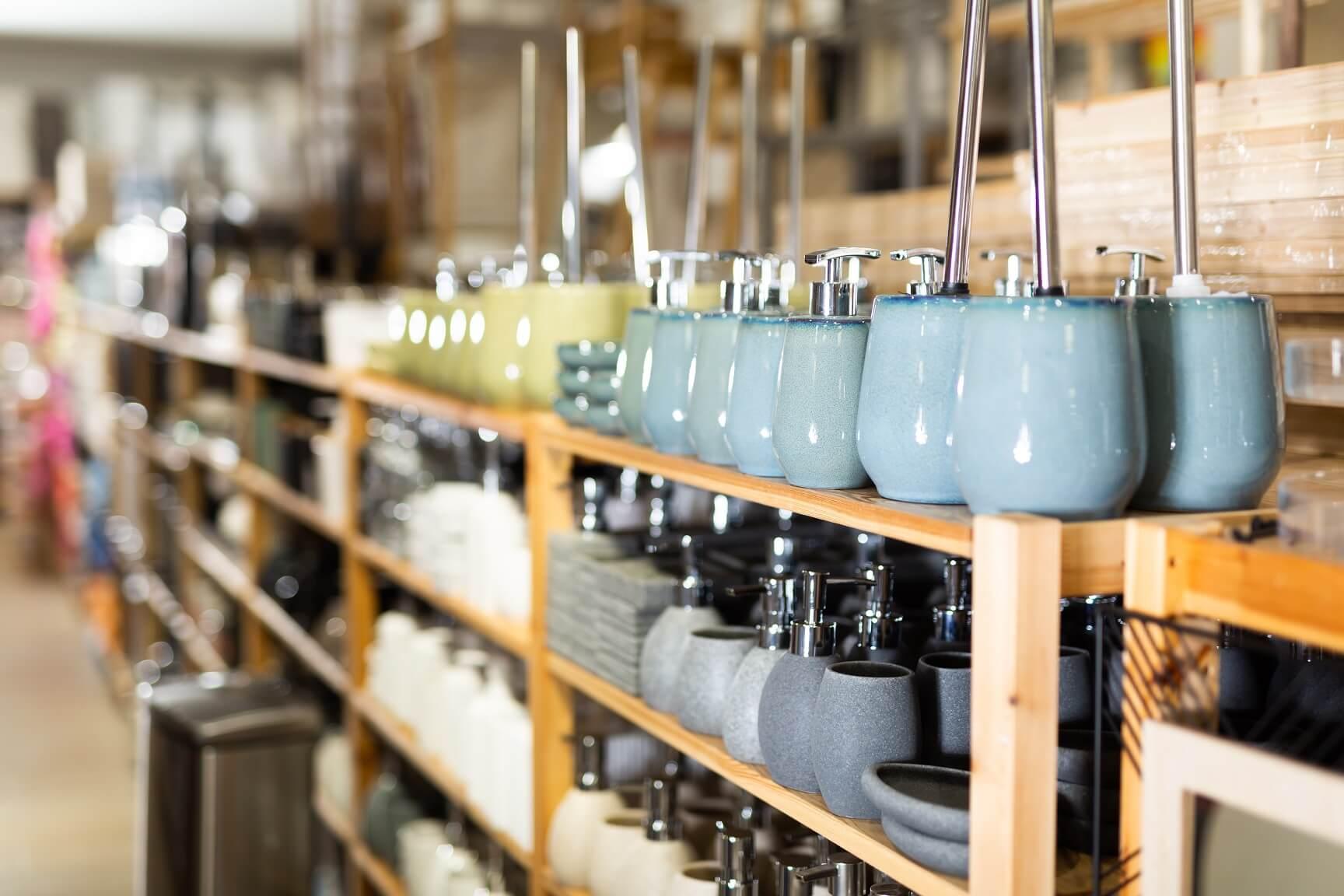
Best Shelving Design and Layout for Large Retail Stores
by zhoosh_admin | Sep 5, 2022

Trying to Reduce Retail Fit-Out Costs in NZ? Here’s How to Do It
by zhoosh_admin | Nov 23, 2022

Things To Consider When Planning A Building Rennovation
by Sam Frost | Nov 27, 2019
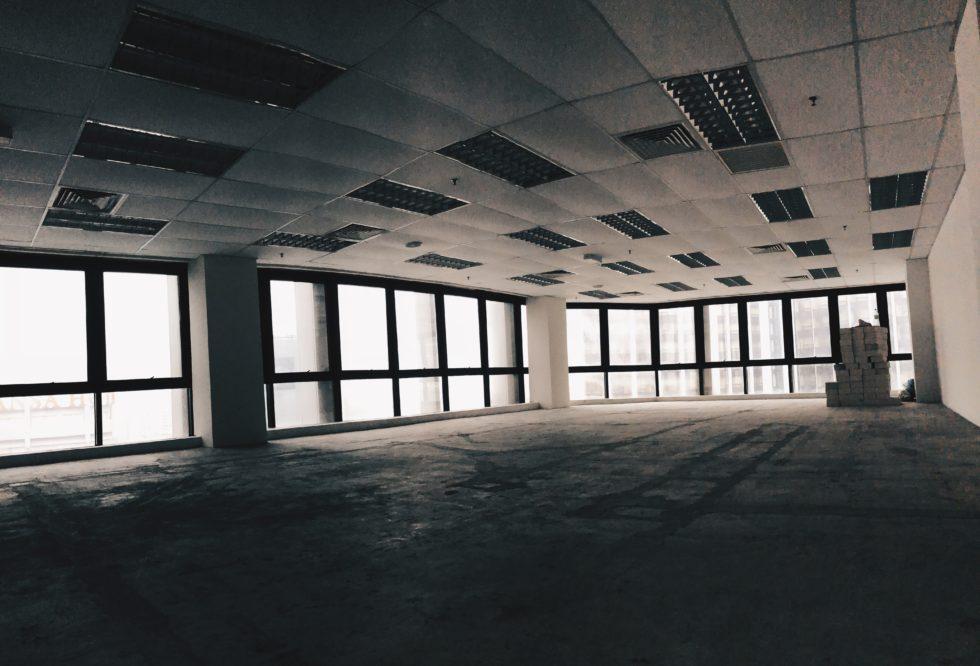
Cost-Effective End of Lease Office Make Good & Strip out Options
by zhoosh_admin | Apr 19, 2020

Safety and Comfort: Design Strategies for a Patient-Centered Healthcare Spaces
by zhoosh_admin | April 13, 2023

Retail Store Design Changes We’re Seeing Overseas
by zhoosh_admin | Oct 25, 2022
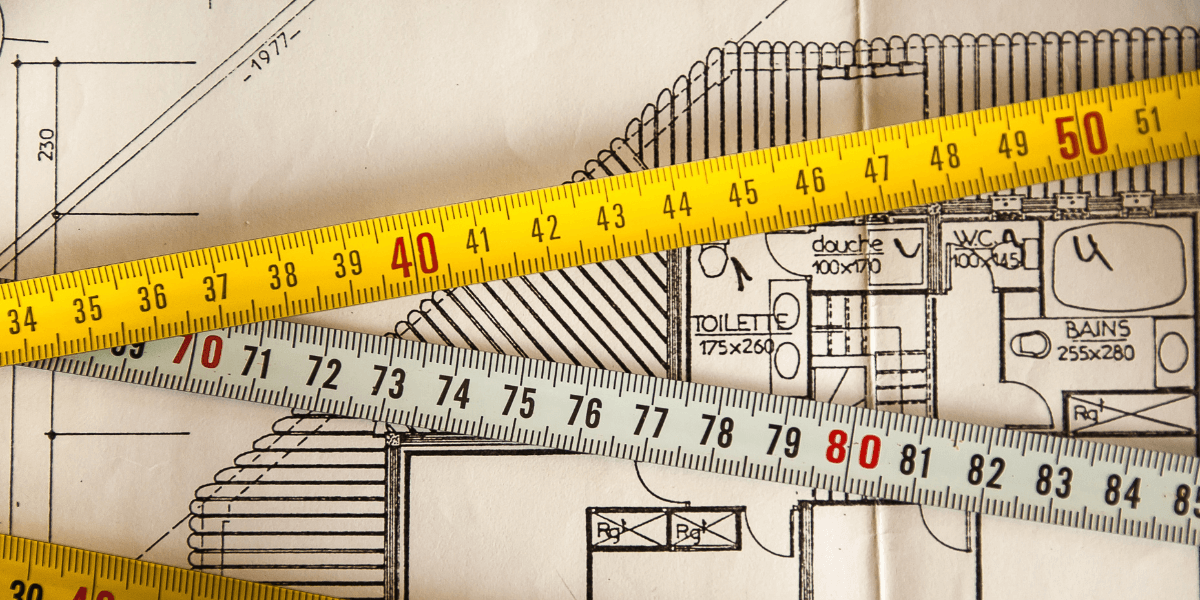
How Does the Design and Build Process Work?
by zhoosh_admin | May 31, 2023

6 Important Elements in Retail Store Design
by zhoosh_admin | May 23, 2022

Integrating Your Brand into Your Commercial and Retail Environments
by zhoosh_admin | February 22, 2023

Where Innovation Meets Functionality in Commercial Design
by zhoosh_admin | August 22, 2023

The Evolution of the Retail Store: eCommerce Is Changing Brick-and-Mortar Stores
by zhoosh_admin | Sep 30, 2022

What Do Customers Want In a Retail Store?
by zhoosh_admin | Jul 20, 2022
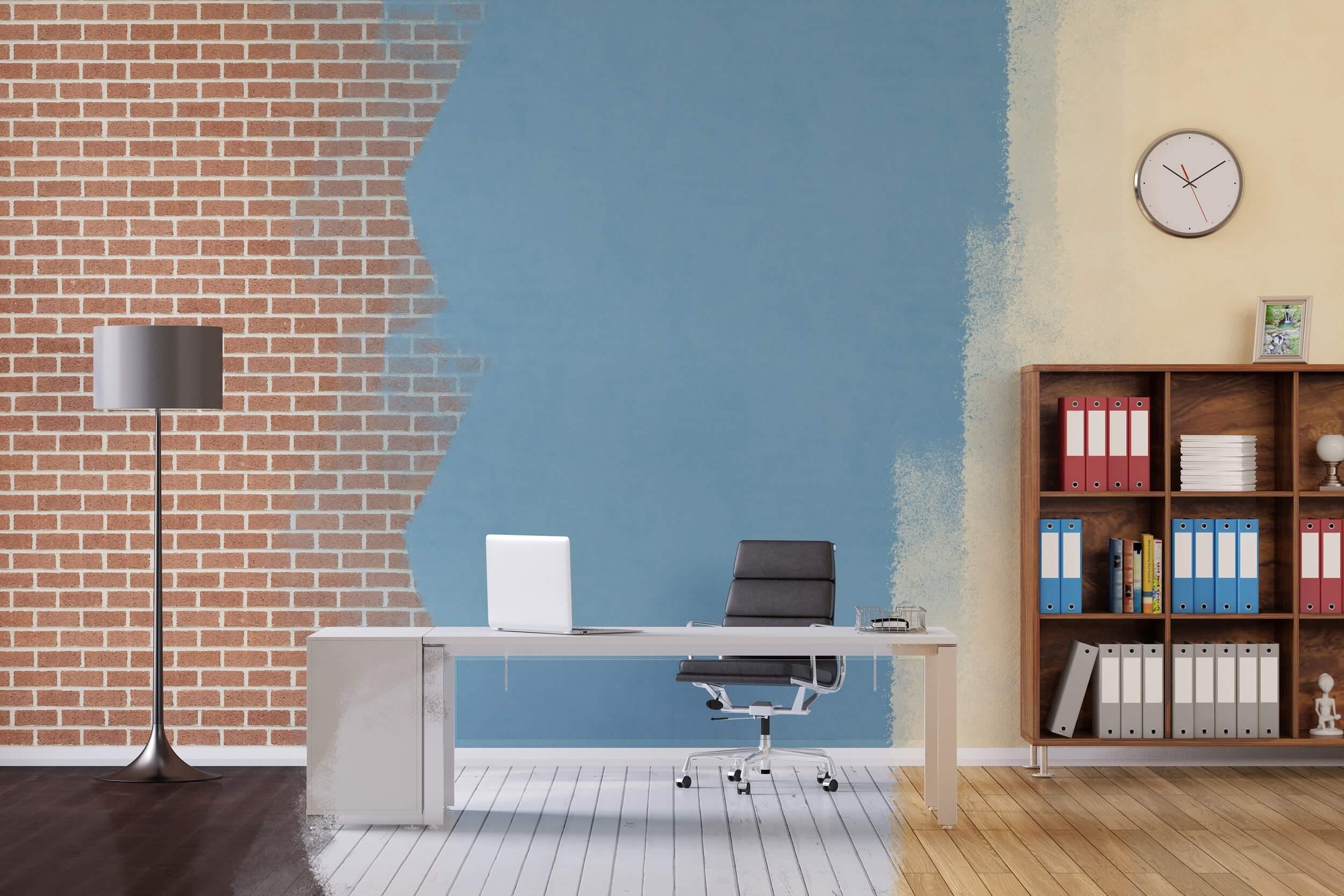
Signs It’s Time to Refurbish Your Commercial Space
by zhoosh_admin | Dec 20, 2021
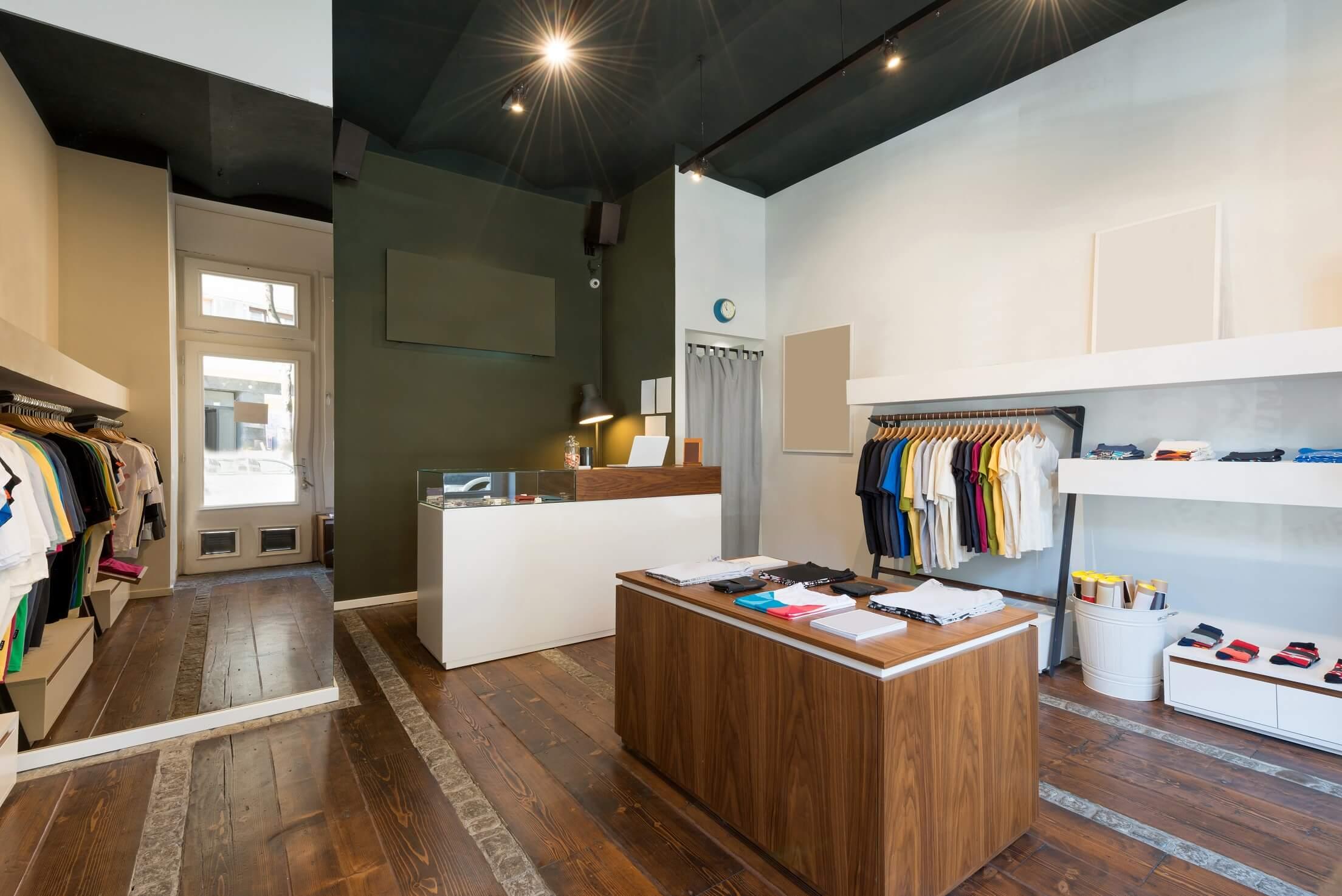
Best Commercial Fit-out Tips to Boost Retail Sales
by zhoosh_admin | Mar 22, 2022

The Post-COVID-19 Office Interior
by zhoosh_admin | Oct 27, 2021
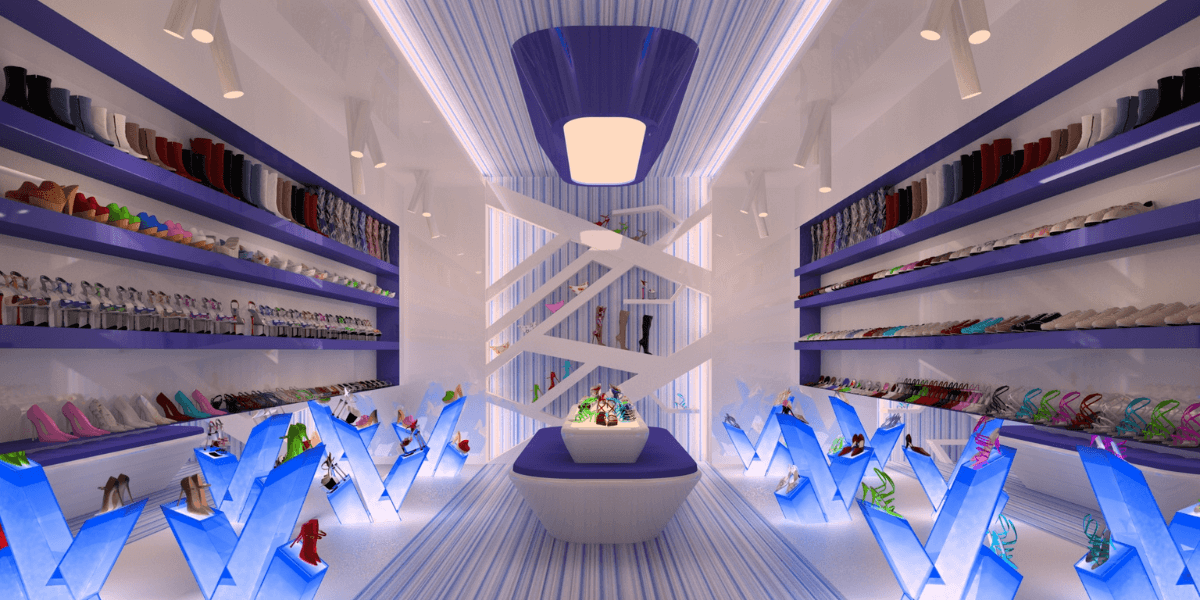
The Future of Retail Design: Innovative Trends for 2023
by zhoosh_admin | May 31, 2023
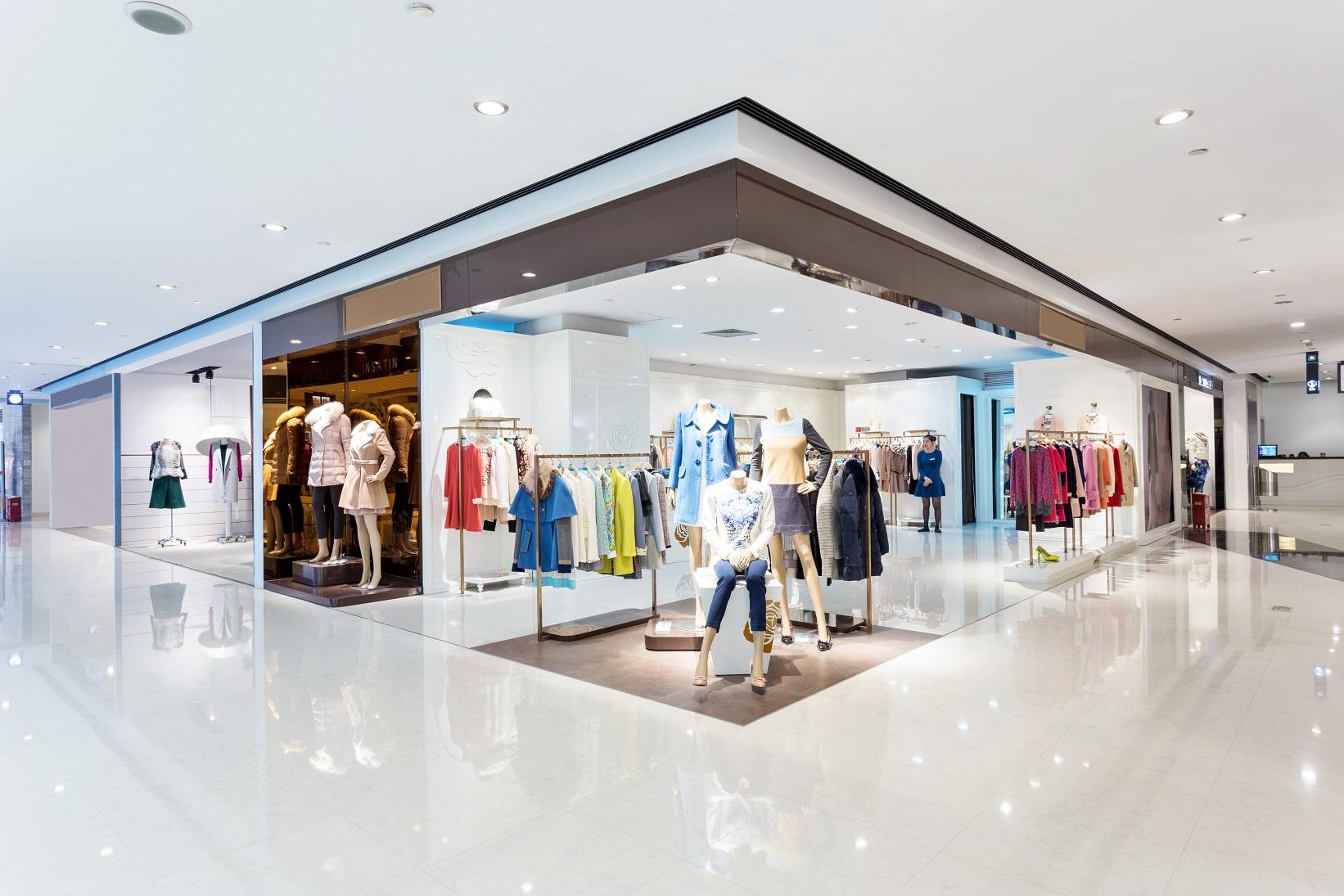
Your Guide to Commercial Interior Design in NZ
by zhoosh_admin | Jun 20, 2022

Crafting Custom Healthcare Interiors with Expert Fitouts
by zhoosh_admin | August 22, 2023

How much does it cost to refurbish an aged care interior?
by zhoosh_admin | Apr 13, 2020
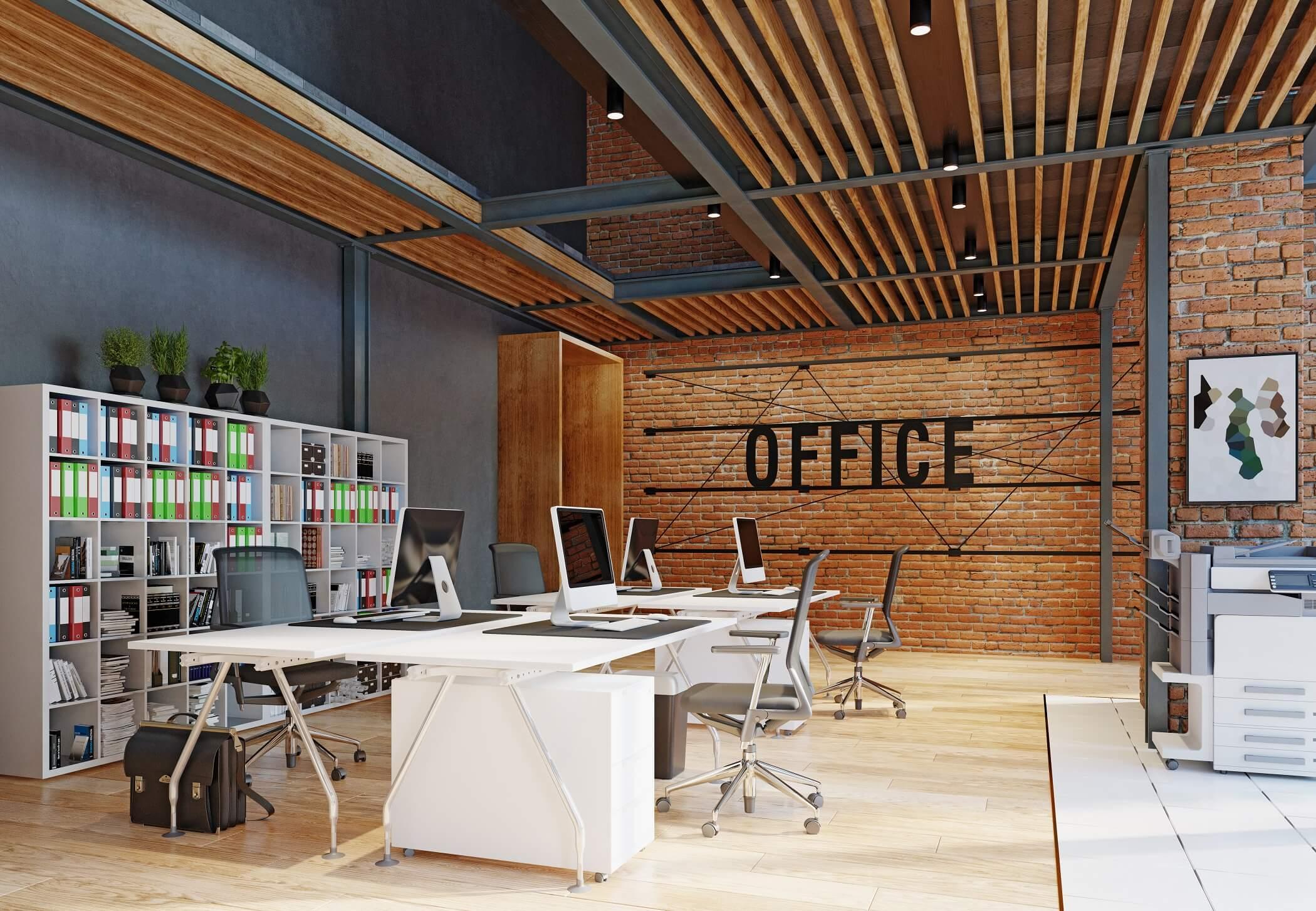
Innovative Office Design to Promote Productivity
by zhoosh_admin | Nov 22, 2021

Office Acoustics: Design Strategies for Noise Reduction and Productivity
by zhoosh_admin | June 30, 2023

What to look for when looking for construction companies in Hamilton.
by zhoosh_admin | May 6, 2020

Auckland Construction Company
by zhoosh_admin | May 6, 2020
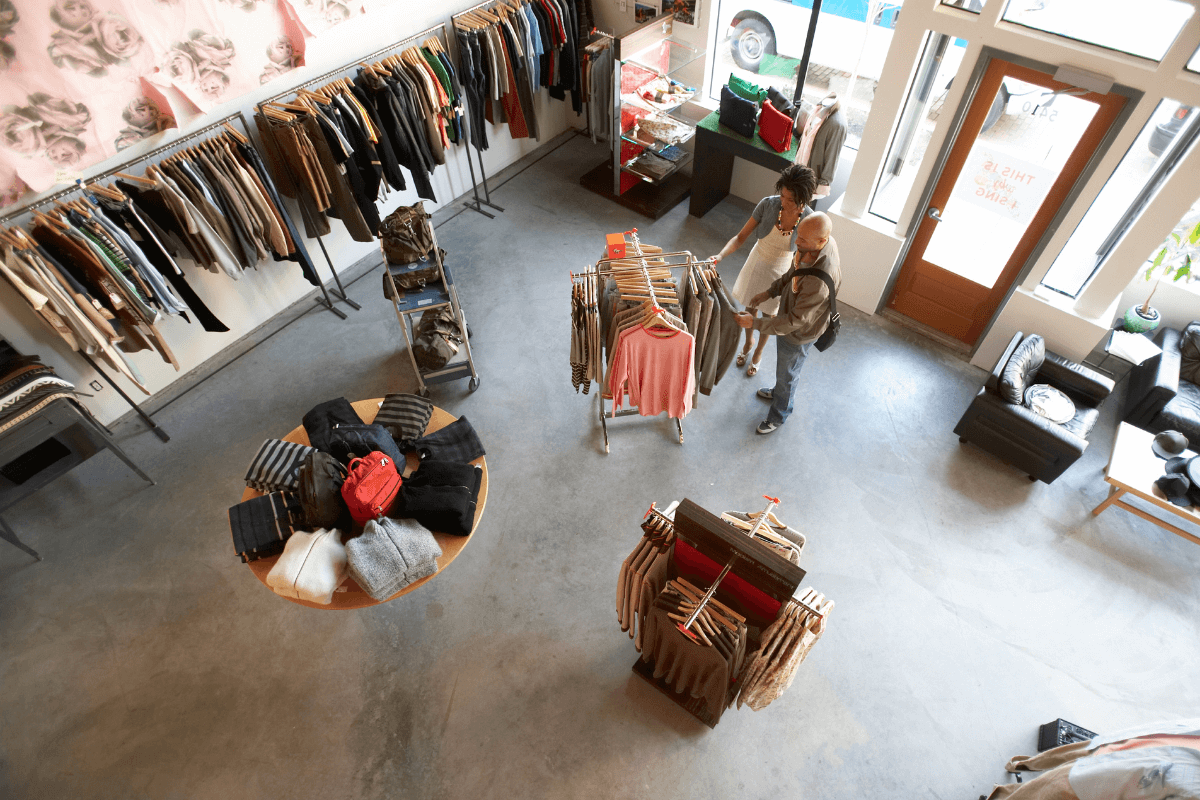
Maximising Space: Tips for Small Retail Store Layouts
by zhoosh_admin | March 24, 2023

What is ‘Store Within a Store’ Retail Design?
by zhoosh_admin | September 1, 2023
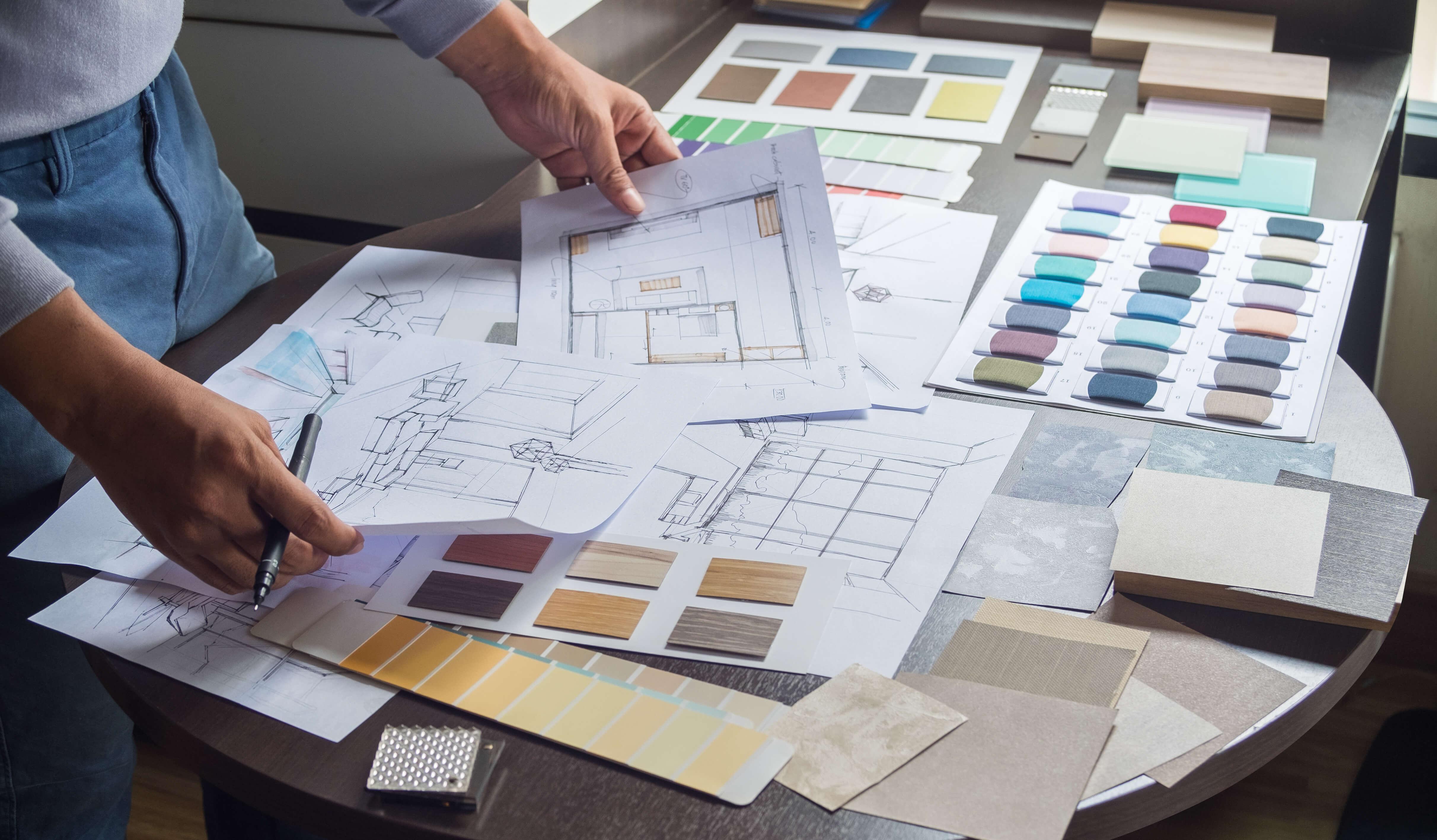
Transforming Your Office Space: How to Integrate Sustainability into Your Interior Design
by zhoosh_admin | January 22, 2023

Is design – build office refurbishments a good idea?
by zhoosh_admin | Jul 3, 2020

Cyclone Gabrielle: Essential Steps for Businesses in the Aftermath
by zhoosh_admin | February 27, 2023
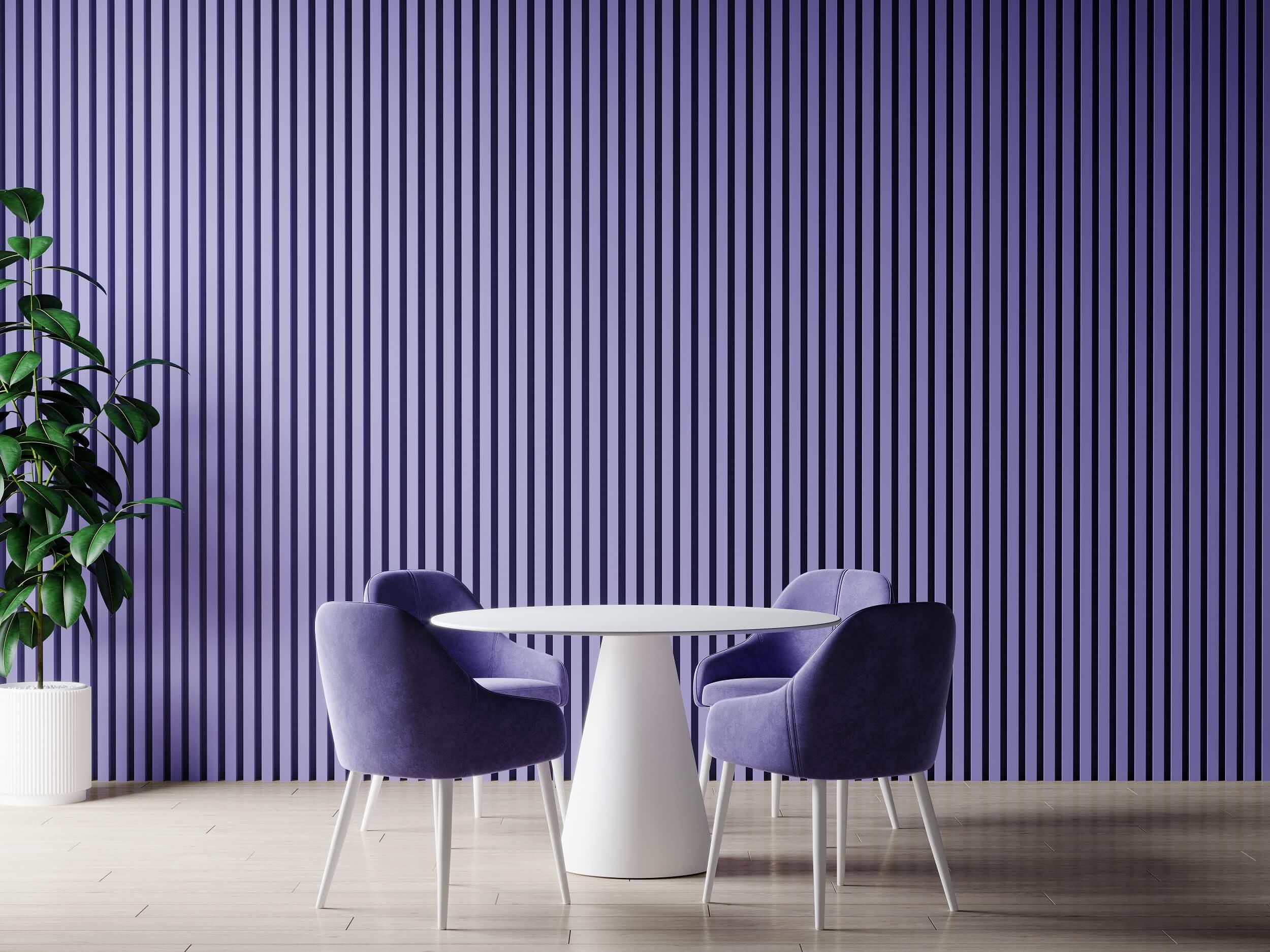
Corporate Interior Trends of 2022
by zhoosh_admin | Jan 31, 2022

Office Refurbishment & Fit-out Costs.
by zhoosh_admin | Nov 14, 2019

Cost-effective interior construction
by zhoosh_admin | Sep 21, 2020

Large Format Retail Store Design Ideas to Impress Your Customers and Clients
by zhoosh_admin | May 23, 2022
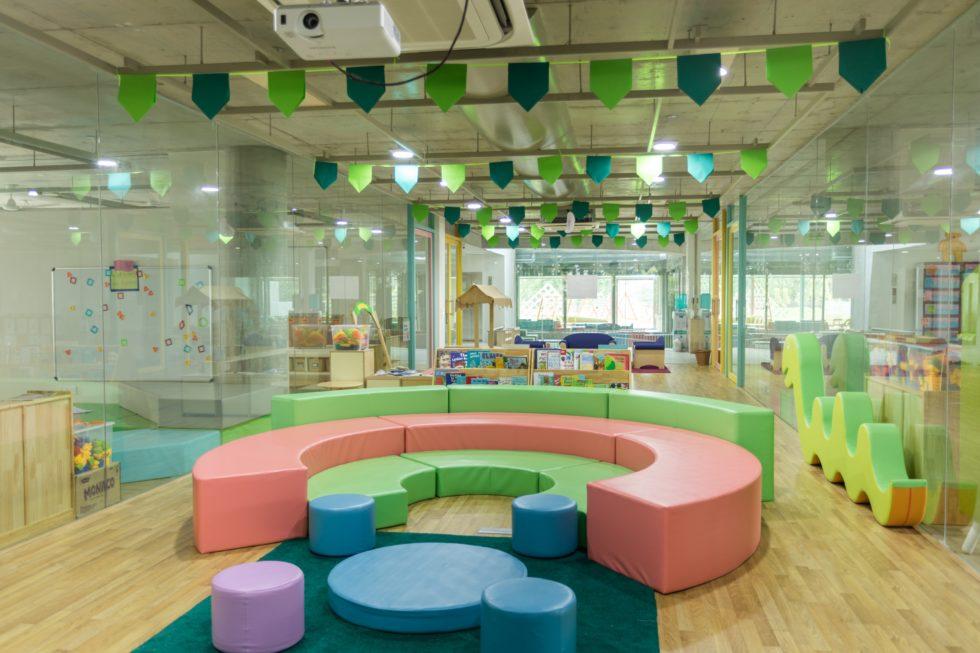
6 steps to an innovative learning environment at your school
by zhoosh_admin | Apr 30, 2020

6 Common Store Layout Mistakes Made by Retailers
by zhoosh_admin | December 22, 2022
Auckland
660-670 Great South Road
Ellerslie
Auckland 1051
0800 753 583
09 553 4552
hello@zooshstudio.co.nz
Christchurch
Unit 8, 19 William Lewis Drive
Harewood
Christchurch 8051
0800 753 583
03 244 0365
hello@zooshstudio.co.nz